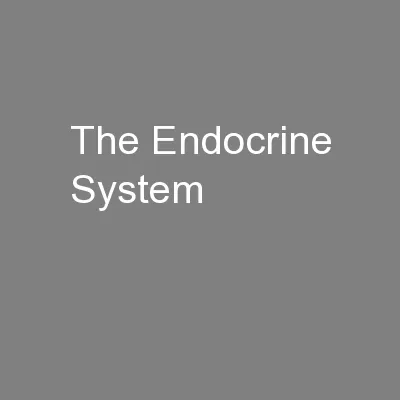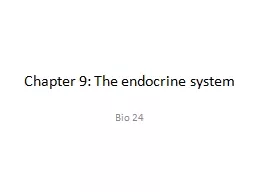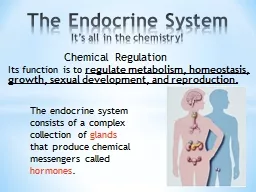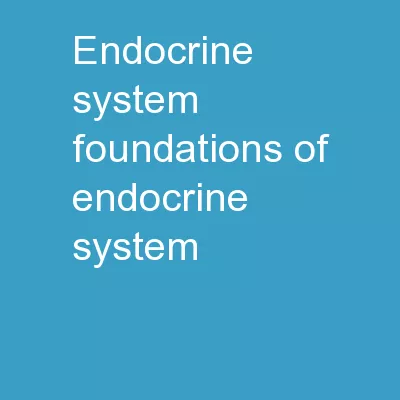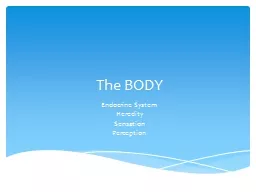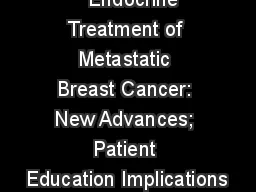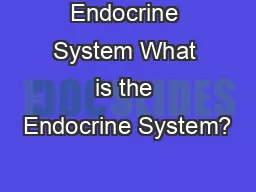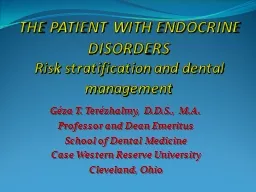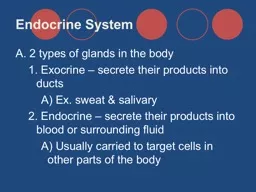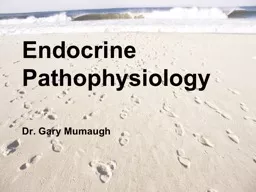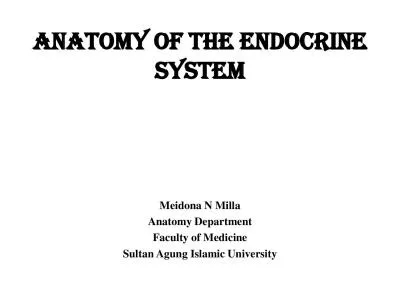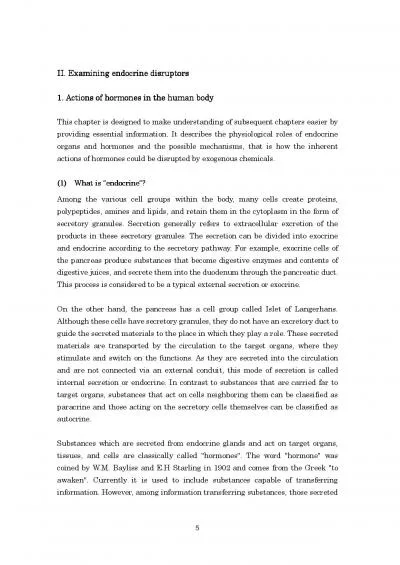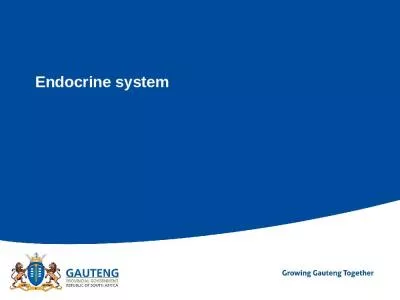PPT-Endocrine Physiology (PHS 327)
Author : Heartstealer | Published Date : 2022-08-03
Physiology Program College of Health Sciences Bowen University Iwo Nigeria Dr Michael Olugbenga S Physiology of the Thyroid Gland Outline Thyroid glandular cells
Presentation Embed Code
Download Presentation
Download Presentation The PPT/PDF document "Endocrine Physiology (PHS 327)" is the property of its rightful owner. Permission is granted to download and print the materials on this website for personal, non-commercial use only, and to display it on your personal computer provided you do not modify the materials and that you retain all copyright notices contained in the materials. By downloading content from our website, you accept the terms of this agreement.
Endocrine Physiology (PHS 327): Transcript
Download Rules Of Document
"Endocrine Physiology (PHS 327)"The content belongs to its owner. You may download and print it for personal use, without modification, and keep all copyright notices. By downloading, you agree to these terms.
Related Documents


